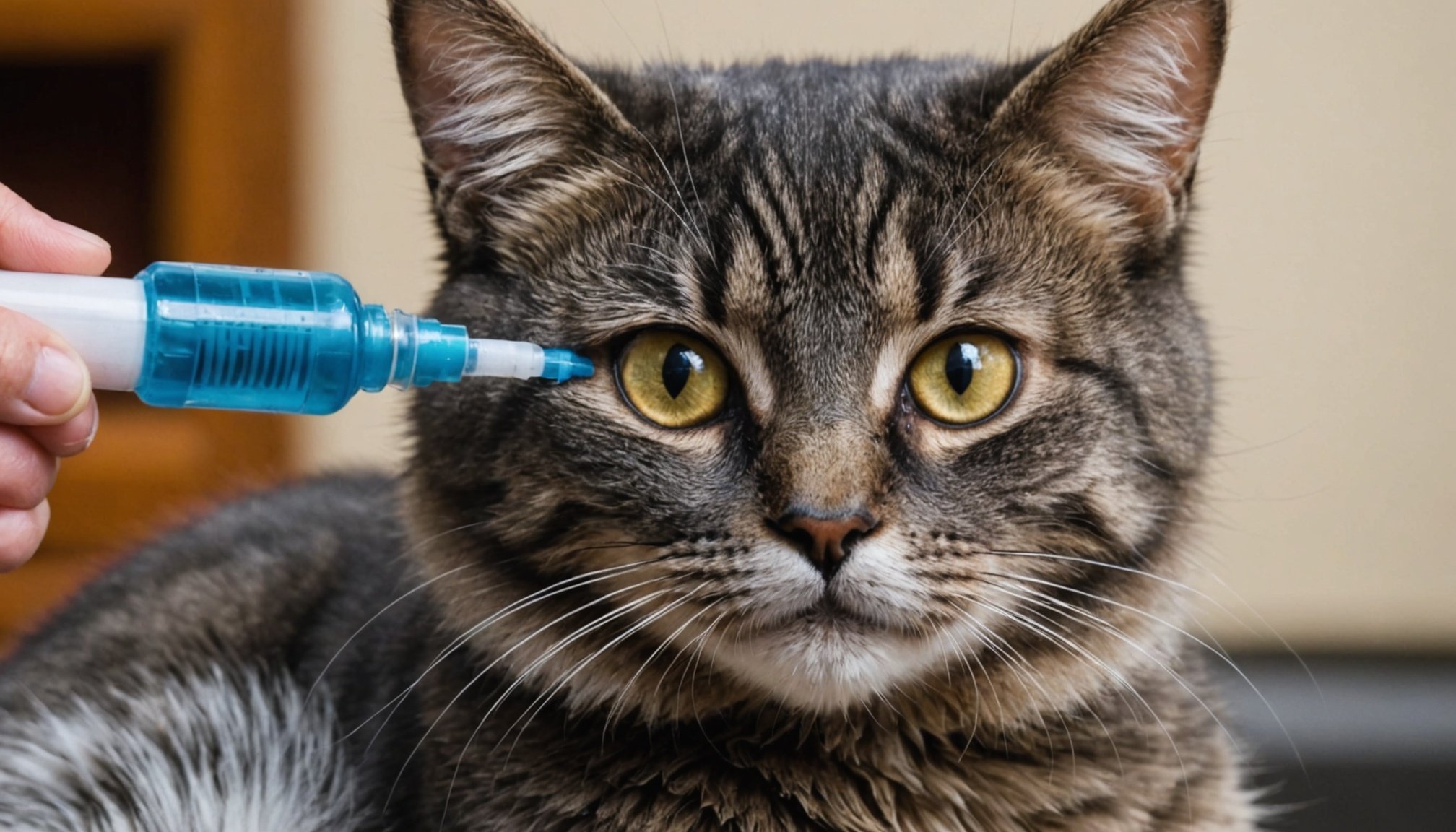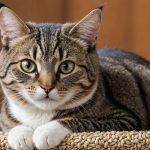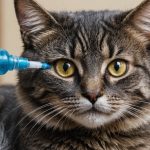Understanding Syringe Feeding in Cats
When dealing with reluctant eaters, providing nutritional support through syringe feeding can be a lifesaver. It is essential for cats recovering from illness or surgery, as it ensures they receive the nutrients they might otherwise lack. Recognising when your cat needs this intervention is crucial. Look for signs such as continuous food refusal, significant weight loss, or lethargy. If your cat displays these symptoms, consider syringe feeding to aid in their recovery journey.
Before commencing, prepare by gathering necessary supplies, which include a feeding syringe, suitable food formula, and a towel to keep the process clean. The choice of food is important, and it needs to be perfectly blended into a smooth consistency to avoid clogging the syringe. Ensure to employ proper syringe feeding techniques to minimise stress for your cat and yourself. Start by wrapping your cat in a towel to gently restrict movement, then gradually introduce food with the syringe placed at the side of their mouth.
A lire en complément : Essential Guide: Safely Transitioning Your Cat to a New Litter Brand in Simple Steps
Remember, the objective is to provide essential nutrients, not to force-feed. Always follow your veterinarian’s guidance to tailor this nutritional support to your cat’s specific needs, allowing reluctant eaters to regain health effectively.
Step-by-Step Guide to Syringe Feeding
Understanding the step-by-step syringe feeding process is crucial, especially for caregivers with reluctant cats. This method requires patience and the right technique to ensure your feline stays nourished.
A voir aussi : Stress-Free Transition: Effective Strategies for Welcoming Your Cat to a New Home
Preparing the Feeding Area
Start by setting up a calm and secure environment. This includes choosing a quiet, well-lit area free from distractions. Cats are sensitive and a peaceful setting will help in reducing stress during the feeding procedure.
Filling the Syringe
Select the appropriate type of food, preferably one that is smooth and easily sucked into the syringe. Liquid diets or well-blended wet foods work best. Carefully fill the syringe, ensuring there are no air bubbles, as these might cause discomfort during feeding.
Proper Feeding Position
Positioning is key in the technique for reluctant cats. Gently wrap your cat in a towel, leaving the head exposed, providing a sense of security. Hold your cat securely yet gently to avoid any sudden movements. Introduce the syringe from the side of their mouth, not directly from the front, and squeeze the food slowly to allow for comfortable swallowing.
Tips for Calming Your Cat During Feeding
Ensuring a stress-free feeding experience for your cat involves creating a comfortable and quiet space. Choose an area that is away from noise and foot traffic. Place their food and water bowls on a stable surface. This helps in minimizing disturbances and distractions that might cause anxiety.
Prior to feeding, engage in soothing behaviours to relax your cat. Petting, gentle brushing, or playing soft music can significantly help in calming them down. These activities often set a positive mood, making your cat more receptive to their mealtime.
Incorporating positive reinforcement strategies is crucial. Encourage good behaviour with treats or gentle petting when your cat remains calm during feeding. This approach helps to reinforce calmness as a positive trait, making each meal a more enjoyable experience.
Implementing these tips can transform your cat’s feeding time from a potentially stressful event to a tranquil ritual. By prioritizing their comfort, you enhance their overall eating experience, leading to better nutritional uptake and a happier pet.
Alternatives to Syringe Feeding
Syringe feeding isn’t always the only option for pet owners facing feeding challenges. Exploring different alternative feeding methods can be beneficial.
Using Soft Food or Broths
One effective alternative is to offer soft food or broths. These options provide hydration and nutrition while being gentle on your pet’s mouth and teeth. The appeal of moist food can be higher, making it easier for pets to consume.
Trying Different Flavors and Textures
Experimentation with various flavors and textures is a valuable strategy. Introducing new palatable flavors can entice even the most hesitant eaters. From gravies to smooth pâtés, the transformation in taste might be the key to reigniting your pet’s interest in food.
Veterinary-Approved Appetite Stimulants
If home strategies do not suffice, consider consulting with your veterinarian about veterinary-approved appetite stimulants. These can include medications specifically designed to increase a pet’s appetite, or even nutritional supplements.
- Options for easy-to-eat foods: Examine the multiple choices available to accommodate different dietary needs.
- Discussing alternatives with your veterinarian: Veterinarians can recommend suitable methods tailored to individual cases, ensuring your pet receives the best possible care.
Nutritional Requirements During Illness
Nutritional support plays a crucial role in aiding the recovery of sick cats. Proper cat nutrition ensures they receive all essential nutrients, potentially speeding up their healing process. A balanced diet is fundamental, especially when dealing with illness, as it supports immune function and tissue repair.
When feeding sick cats, selecting appropriate food types is vital. Opt for high-quality, easily digestible options that provide the necessary energy without burdening their digestive systems. Protein-rich foods, such as those containing poultry or fish, are beneficial for maintaining muscle mass and promoting recovery. Hydration is equally important; wet foods can assist in maintaining fluid intake, especially if the cat is reluctant to drink water.
Dietary needs vary based on the specific illness and individual health conditions. It’s important to observe how your cat responds to their diet and consult a professional if there are concerns. Veterinary nutritional advice can offer tailored solutions that consider factors like age, weight, and the nature of the illness.
Early intervention and adherence to these guidelines can make a notable difference in your cat’s recovery journey, ensuring they return to good health swiftly.
Consulting with a Veterinarian
Engaging with a veterinarian for professional advice is crucial for your pet’s wellbeing. Understanding when to consult a vet is essential. Typically, unusual behaviour, changes in appetite, or health symptoms like vomiting warrant immediate veterinary guidance. The vet’s role is not just emergency-oriented; regular visits are recommended for ongoing health assessment.
Follow-up appointments are vital too. They track your pet’s recovery or adaptation to new treatments, offering an opportunity for vets to adjust plans based on observed progress. Consistent monitoring ensures potential issues are detected early, reducing future complications.
Beyond health checks, veterinarians can craft tailored feeding plans. Specific nutritional needs are addressed by professionals who consider factors like age, breed, and existing health conditions. This personalised approach reduces dietary-related problems, ensuring your pet maintains optimal health and energy levels.
In essence, the right collaboration with a vet provides comprehensive care for your pet. Through timely consultations, regular check-ups, and bespoke dietary plans, you not only address immediate health concerns but also build a protective framework for your pet’s long-term health and happiness.











